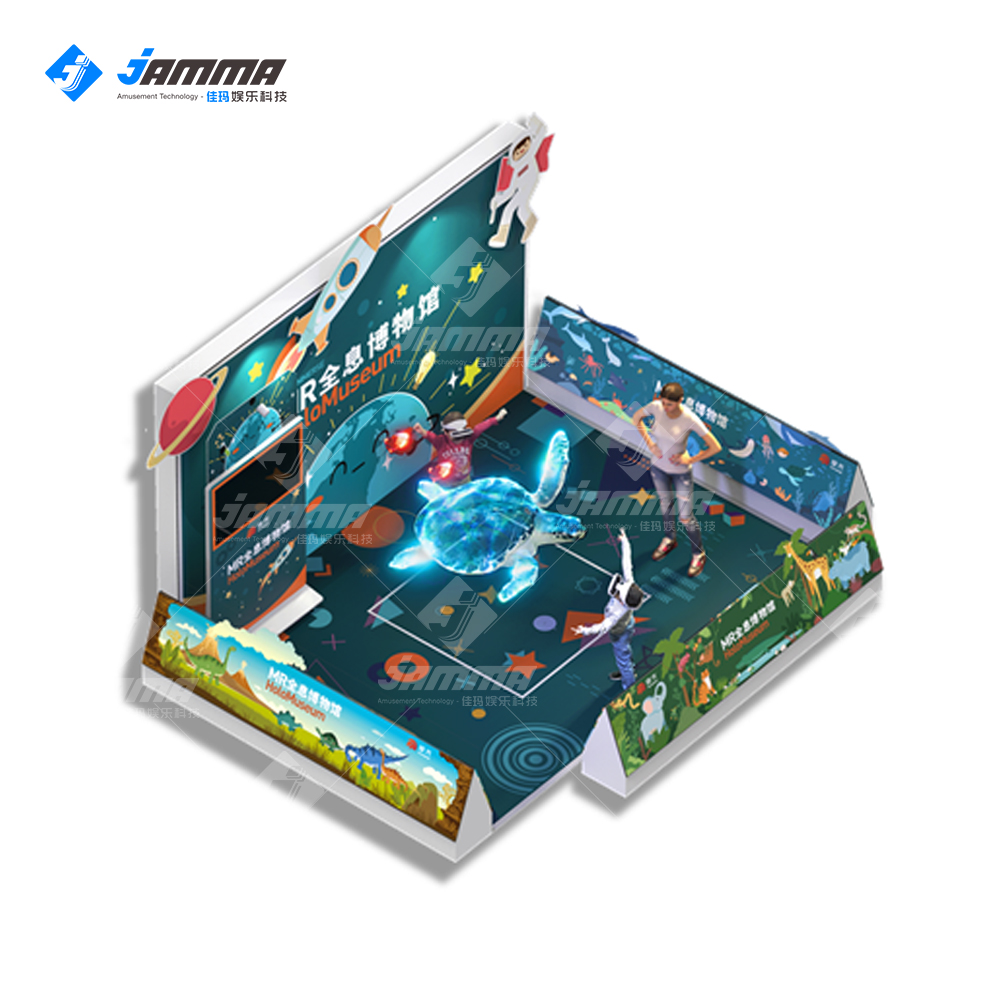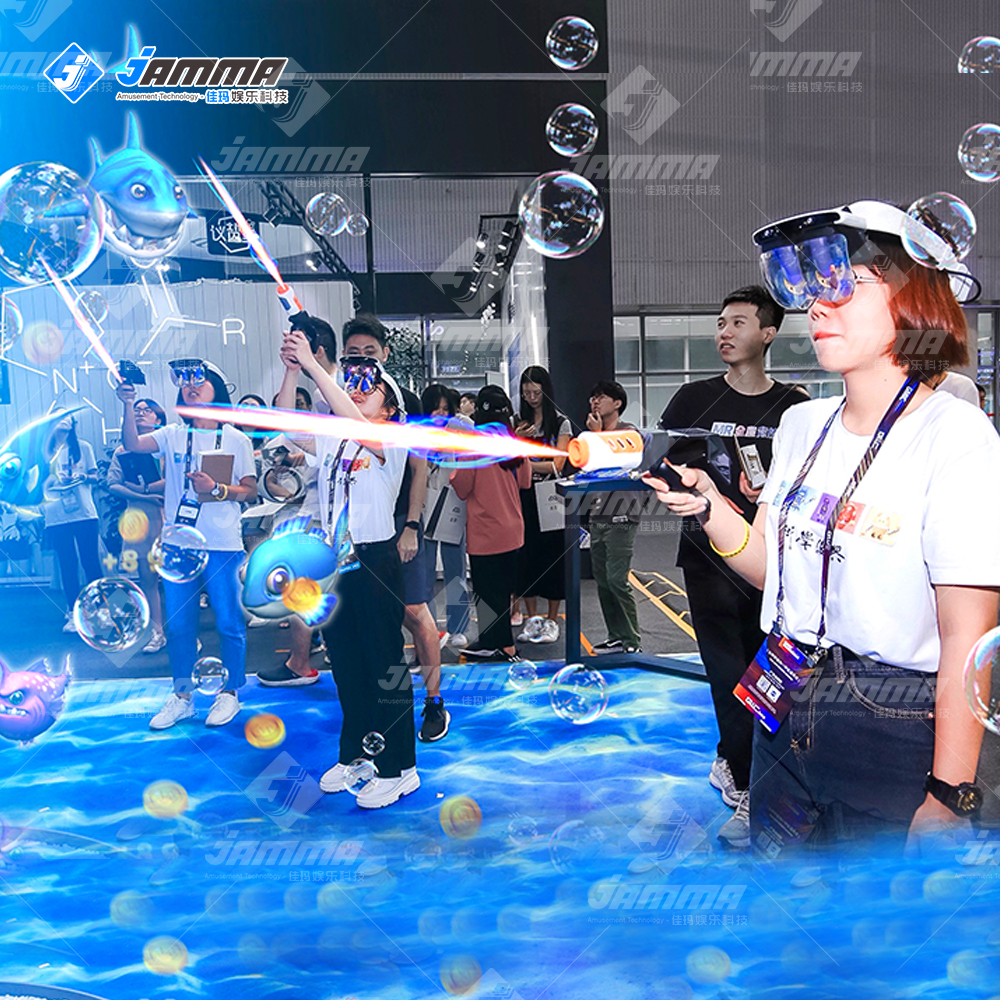How to Host an Immersive Holographic Shows in a Museum or Gallery?
Immersive Holographic Shows Exhibition Gallery Design
Designing an immersive holographic exhibition requires careful planning and creativity. The goal is to create a seamless integration of technology and art that captivates visitors.
Key Considerations:
- Theme and Content: Define the theme of your exhibition and select content that can be effectively enhanced with holographic technology.
- Spatial Layout: Plan the layout to ensure optimal viewing angles and movement flow for visitors.
- Lighting: Consider ambient lighting and how it will interact with the holographic projections.
Design Tips:
- Interactive Elements: Incorporate interactive features that allow visitors to engage directly with the holograms.
- Narrative Flow: Create a narrative that guides visitors through the exhibition, enhancing their understanding and engagement.
- Visual and Audio Integration: Ensure that visual and audio elements are synchronized for a cohesive experience.
By focusing on these aspects, you can design an exhibition that leverages holographic technology to its fullest potential.
Best Immersive Holographic Shows Museum
Creating the best immersive holographic show in a museum involves using high-quality equipment and innovative design techniques. This ensures that the holographic displays are not only impressive but also educational and engaging.
Essential Components:
- High-Resolution Projectors: Deliver clear and vibrant holographic images.
- Advanced Software: Use software that allows for easy content creation and manipulation.
- Sound Systems: Integrate high-quality audio to complement the visual experience.
Implementation Strategies:
- Content Customization: Tailor the holographic content to the museum’s theme and exhibits.
- Visitor Interaction: Design exhibits that encourage interaction, such as touchscreens or motion sensors.
- Staff Training: Train museum staff to manage and troubleshoot the holographic systems effectively.
By focusing on these components and strategies, you can create a museum exhibition that stands out and leaves a lasting impression on visitors.
Immersive Holographic Shows Venue Projector Installation
The installation of holographic projectors is a critical step in setting up your immersive show. Proper installation ensures that the projections are clear, stable, and effectively integrated into the exhibition space.
Installation Steps:
- Site Assessment: Evaluate the exhibition space to determine the best locations for projectors.
- Equipment Selection: Choose projectors with the appropriate resolution and brightness for the venue.
- Mounting and Alignment: Securely mount the projectors and align them to ensure precise projections.
- Calibration: Calibrate the projectors to optimize image quality and stability.
- Integration with Audio: Sync the projectors with the sound system for a cohesive multimedia experience.
Top Projector Choices:
- Epson Pro L-Series: Known for its high brightness and excellent color accuracy.
- Panasonic PT-RZ12KU: Offers robust performance and flexibility for various installation setups.
- Sony VPL-GTZ270: Delivers stunning 4K resolution and reliable performance.
Proper installation of projectors is essential for achieving a high-quality holographic display that enhances the overall exhibition.


Customized Immersive Holographic Museum Gallery Solutions
Customized solutions can significantly enhance the effectiveness and uniqueness of your holographic show. Tailoring the technology and content to fit the specific needs and theme of your museum or gallery can create a more engaging visitor experience.
Customization Options:
- Content Creation: Develop custom holographic content that aligns with the exhibition’s theme and objectives.
- Interactive Features: Integrate interactive elements such as gesture control or augmented reality (AR) to enhance visitor engagement.
- Adaptive Systems: Use adaptive projection systems that can adjust to different exhibits and themes.
Supplier Recommendations:
- HYPERVSN: Specializes in 3D holographic display systems and content creation.
- Musion: Offers high-quality holographic projection systems for various applications.
- Realfiction: Provides innovative holographic display solutions tailored to specific needs.
By working with experienced suppliers and customizing your holographic solutions, you can create a unique and memorable exhibition.
Choosing the Best Equipment and Suppliers
Selecting the right equipment and suppliers is crucial for the success of your immersive holographic show. High-quality equipment ensures reliability and superior performance, while reputable suppliers provide valuable support and maintenance services.
Equipment Considerations:
- Resolution and Brightness: Choose projectors that offer high resolution and sufficient brightness for your venue.
- Durability: Ensure the equipment is robust and reliable, suitable for long-term use.
- Compatibility: Verify that the equipment is compatible with your existing systems and infrastructure.
Top Suppliers:
- Epson: Known for reliable and high-quality projection systems.
- Panasonic: Offers a wide range of projectors and audio-visual solutions.
- Sony: Provides cutting-edge technology with excellent performance and support.
By carefully selecting the best equipment and suppliers, you can ensure the success of your holographic show.
What is the best projector for hosting an immersive holographic show?
The best projector depends on your specific needs, but popular options include the Epson Pro L-Series, Panasonic PT-RZ12KU, and Sony VPL-GTZ270 for their high resolution and reliability.

